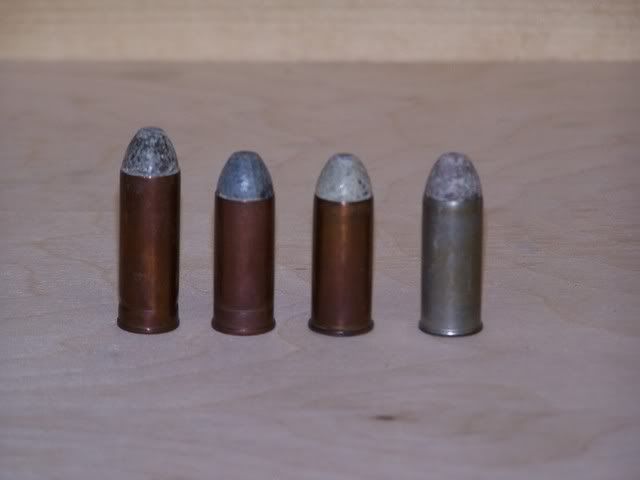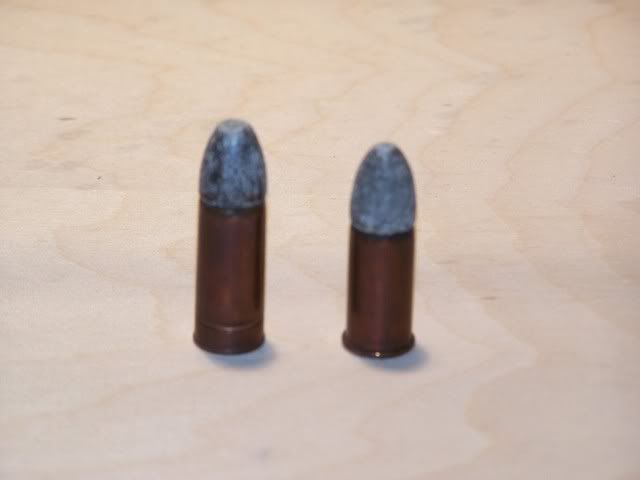Bob Wright
New member
James K, et al:
The .45 M1909 cartridge did indeed have a larger diameter rim. It was so large that six cartridges could not be loaded in a Single Action, they could only be loaded in every other chamber as the rims would overlap. The larger diameter cylinder of the New Service would accommodate six rounds, however.
Bob Wright
The .45 M1909 cartridge did indeed have a larger diameter rim. It was so large that six cartridges could not be loaded in a Single Action, they could only be loaded in every other chamber as the rims would overlap. The larger diameter cylinder of the New Service would accommodate six rounds, however.
Bob Wright



